
The supply chain is a vast network, from raw materials to components and finished goods. Learn what types of AI algorithms are employed to predict disruptions…
The supply chain is a vast network, from raw materials to components and finished goods. Learn what types of AI algorithms are employed to predict disruptions and enhance optimization.

Learn how to use Festo’s FluidSIM software to design and simulate electro-pneumatic systems, featuring a reciprocating…
Learn how to use Festo’s FluidSIM software to design and simulate electro-pneumatic systems, featuring a reciprocating actuator example using solenoid valves and limit sensors.
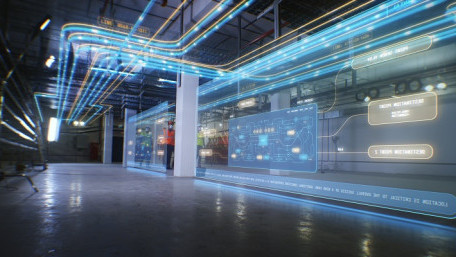
Automated control systems incorporate virtualization technology to reduce physical hardware, automatically minimizing the…
Automated control systems incorporate virtualization technology to reduce physical hardware, automatically minimizing the cost of IT/OT equipment, installations, and maintenance efforts.
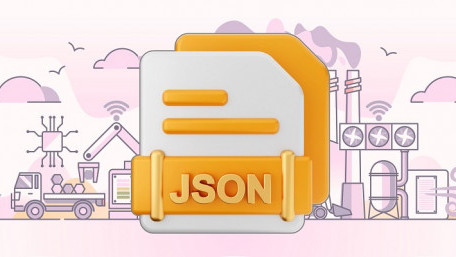
It is important to have some baseline understanding of JavaScript Object Notation, or JSON, one of the most common data…
It is important to have some baseline understanding of JavaScript Object Notation, or JSON, one of the most common data exchange formats used in the connected industrial world today.

Digital twins are a virtual process representation merging the simulation and real worlds to increase efficiency,…
Digital twins are a virtual process representation merging the simulation and real worlds to increase efficiency, optimize parameters, and predict successful operations for a variety of industries.
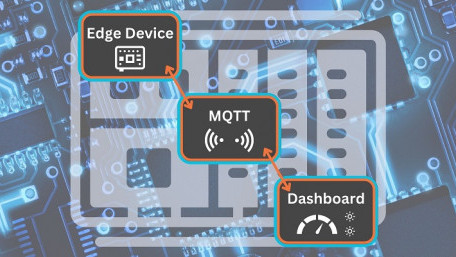
Learn to develop an actual IoT solution end to end, from the initial data collection to web-based visualization and…
Learn to develop an actual IoT solution end to end, from the initial data collection to web-based visualization and analytics. This first article in the series will explore the setup of the edge device.
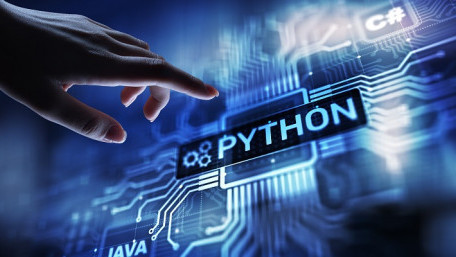
An overview of the theory, implementation, and reason to utilize a virtual environment in your Python scripting journey.
An overview of the theory, implementation, and reason to utilize a virtual environment in your Python scripting journey.
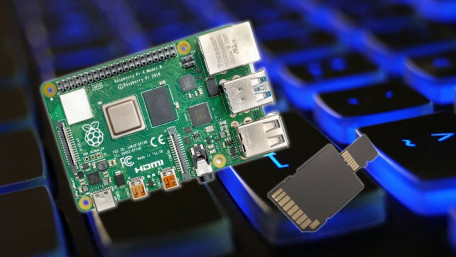
Automation can be inexpensive for small projects by using development boards. This article presents a walkthrough of the…
Automation can be inexpensive for small projects by using development boards. This article presents a walkthrough of the setup and installation steps for the popular Raspberry Pi.
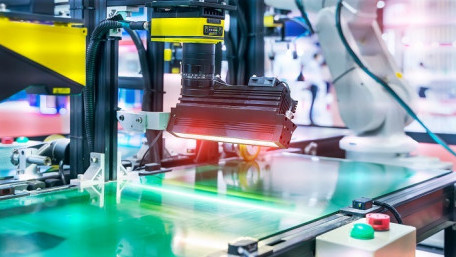
There’s a lot of excitement and concern surrounding artificial intelligence (AI) and its emerging role in society and…
There’s a lot of excitement and concern surrounding artificial intelligence (AI) and its emerging role in society and commerce. Beyond the hyperbole, however, what exactly is Generative AI?
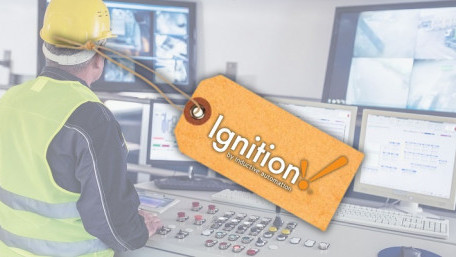
An introduction to the various tag types used within one of the leading supervisory control and data acquisition (SCADA)…
An introduction to the various tag types used within one of the leading supervisory control and data acquisition (SCADA) software powering IIoT, HMI, and I4.0 applications: Ignition by Inductive Automation.
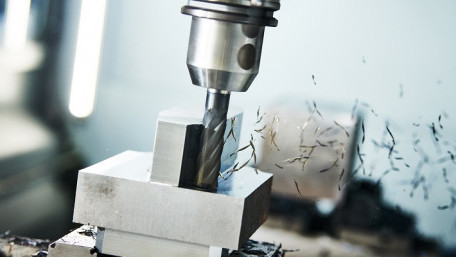
Learn how to build a machine learning model to predict failure classification based on machine parameters using a…
Learn how to build a machine learning model to predict failure classification based on machine parameters using a synthetic dataset modeled after a milling machine, the same process used in real-world systems.
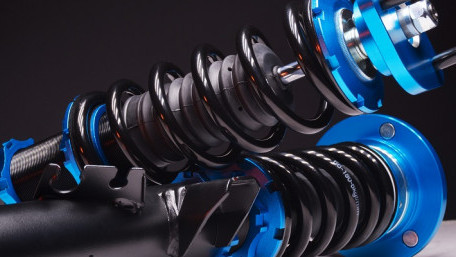
Transfer functions allow systems to be converted from non-algebraic time measurement units into equations that can be…
Transfer functions allow systems to be converted from non-algebraic time measurement units into equations that can be solved, but how do these functions work, and why do we use them?
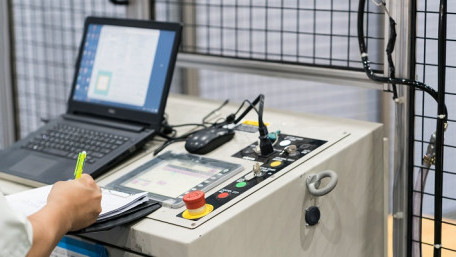
Any kind of computer programming can be challenging to determine what aspects are truly unique versus what aspects should…
Any kind of computer programming can be challenging to determine what aspects are truly unique versus what aspects should be standardized across projects and platforms to streamline future development.
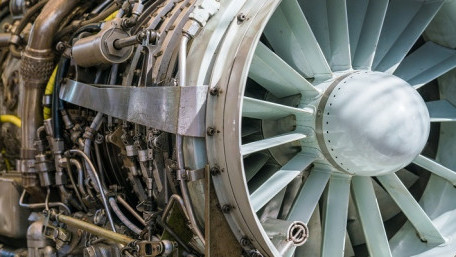
System dynamics is primarily concerned with understanding complex systems’ behaviors over time. Mathematical and…
System dynamics is primarily concerned with understanding complex systems’ behaviors over time. Mathematical and computer models can help identify responses before turning to costly real-world experiments.
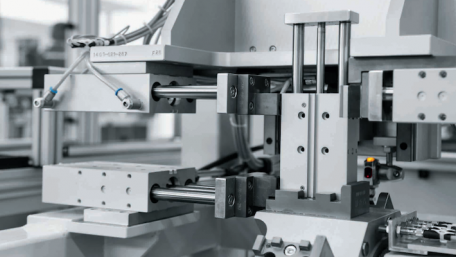
IIoT is a daunting topic due to ambiguous interactions of hardware and software. This article outlines the basic steps to…
IIoT is a daunting topic due to ambiguous interactions of hardware and software. This article outlines the basic steps to use an MQTT broker to collect the number of cycles from a pneumatic cylinder for PM software.
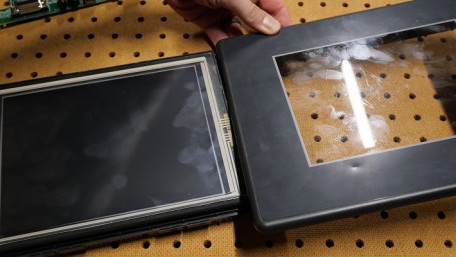
Human-machine interfaces, or HMIs, provide visual process data and allow access to process parameters and diagnostics…
Human-machine interfaces, or HMIs, provide visual process data and allow access to process parameters and diagnostics information. What’s inside these touchscreen displays, and how do they actually work?
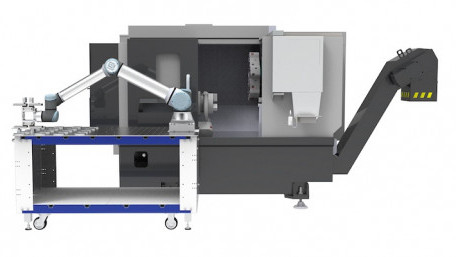
Our own Control Automation engineering staff had the opportunity to visit VersaBuilt, a CNC robotic integration shop…
Our own Control Automation engineering staff had the opportunity to visit VersaBuilt, a CNC robotic integration shop offering an application system from the Universal Robots UR+ series.
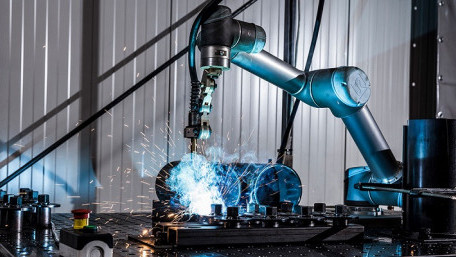
Robots as a service (RaaS) can open the door to automation for small to mid-sized companies that are looking to automate…
Robots as a service (RaaS) can open the door to automation for small to mid-sized companies that are looking to automate a process without a large upfront capital investment.
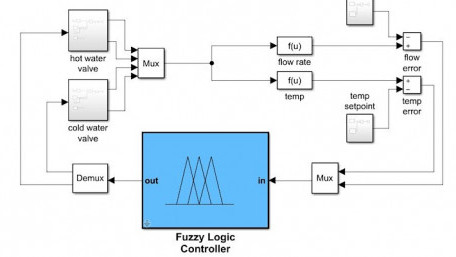
Servo motors are widely utilized in industry for numerous applications. How do you use fuzzy logic to control a servo motor?
Servo motors are widely utilized in industry for numerous applications. How do you use fuzzy logic to control a servo motor?
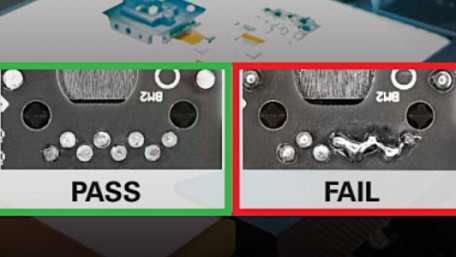
Which deep learning neural networks are best suited for industrial vision systems and why?
Which deep learning neural networks are best suited for industrial vision systems and why?
